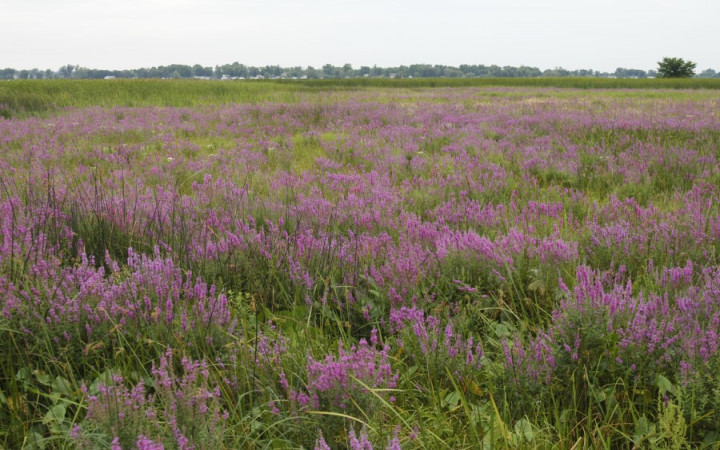When you relax in a hammock in your backyard, staring up into the vast night sky, what do you think about? Do you WONDER about how many stars there are in the sky? Perhaps you're curious to know how far away some of those bright lights are? Or do you instead think about whether there might be life on other planets out there?
If you're obsessed with the thought of life on other planets, then you've probably spent a good deal of time imagining what it would be like to make contact with beings from a distant galaxy. Of course, you might also be worried. Fans of science fiction movies know that life on other planets poses one serious risk: an invasion of Earth!
What you might not realize, however, is that there's an invasion already under way! Just about anywhere you live on Earth, your natural environment is under siege from a variety of intruders. What are we talking about? Invasive species, of course!
Are these invasive species from outer space? Nope! They're from right here on Earth. However, they're not native to the areas they're invading. That's what makes them invasive species.
An invasive species is any kind of living organism — an animal, plant, or even a microbe — that isn't native to an ecosystem and causes harm to the ecosystem. Beyond damaging the ecosystem, invasive species can also be detrimental to the economy and even human health.
Invasive species tend to reproduce and grow quickly. When there are no natural predators to combat them in an ecosystem, they will aggressively spread, gobbling up resources while competing with native species for habitat.
When we find our ecosystem invaded by an invasive species, we're often the ones to blame. Human activities are the primary means by which invasive species are spread around the globe. Although some invasive species, such as exotic pets, may be brought into a new ecosystem voluntarily, many invasive species are spread unintentionally.
Given our global economy, people and goods travel quickly all over the world every day. Invasive species, such as insects, can travel in plants that are shipped around the world, as well as within wood products, such as the crates used to ship goods. Even container ships can transport aquatic invasive species around the world in the water they use for ballast!
If you look at the world around you, it might not seem like it's under attack. Don't underestimate the damage caused by invasive species, though. Experts estimate invasive species cost the world's economies billions of dollars each year. In addition, nearly half of the world's threatened or endangered species owe their status to damage from invasive species.
When invasive species begin to spread and take hold in an ecosystem, they steal resources from native species. When native species become endangered or threatened, food webs change, biodiversity decreases, and an entire ecosystem can be damaged. Invasive species can also cause damage to a wide variety of species by introducing new diseases.
What invasive species do you have where you live? Here are some examples of problematic invasive species that can be found in various areas: Asian carp, brown marmorated stink bugs, kudzu, zebra mussels, feral pigs, water hyacinths, Dutch elm disease, Emerald ash borer, and West Nile virus.





